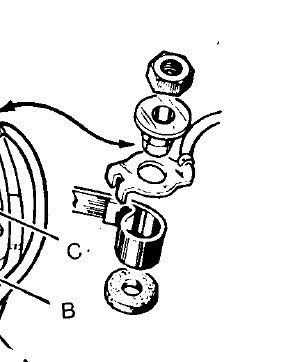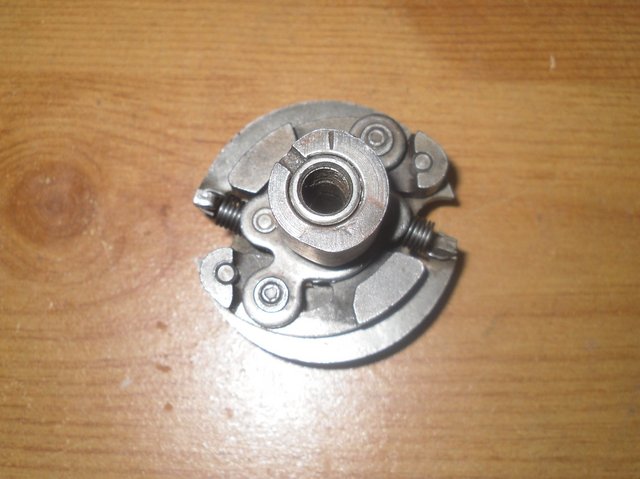- Joined
- Nov 4, 2019
- Messages
- 12
I can not seem to get the ignition timing correct on my 1974 Commando. I am detailing the process I am using to see if any of you can help me locate what might be wrong or what I am doing wrong. When I do what I describe below, bike will not start and inspection reveals timing way off. Observing profile of timing cam, it appears that cam will open points at either of two places along its circumference which seems to me to correct since it rotates at 1/2 crankshaft speed; but does it matter which of the two timing cam lobes I use to set either set of points? Constructive reply’s much appreciated.
1. Rotate engine until one piston is at TDC.
2. Remove all valve rocker covers
3. Identify which cylinder is firing by physically feeling valve lash on both intake and exhaust rocker arms.
4. Identify primary wire feeding voltage to coil of aforementioned firing cylinder (b/w or b/y).
5. Follow said wire to identify which set of points are firing said cylinder. These are the points to be timed.
6. Reverse engine slightly to position timing mark on primary scale at 28 degrees.
7. With timing cam locked in full advance position (fully CCW) and points gap set at 0.015 inches and whole advance mechanism sliding fit on exhaust camshaft taper, rotate timing cam until said points are just beginning to open.
8. Repeat steps 3 to 8 with other cylinder.
9. Remove timing cam locking device.
1. Rotate engine until one piston is at TDC.
2. Remove all valve rocker covers
3. Identify which cylinder is firing by physically feeling valve lash on both intake and exhaust rocker arms.
4. Identify primary wire feeding voltage to coil of aforementioned firing cylinder (b/w or b/y).
5. Follow said wire to identify which set of points are firing said cylinder. These are the points to be timed.
6. Reverse engine slightly to position timing mark on primary scale at 28 degrees.
7. With timing cam locked in full advance position (fully CCW) and points gap set at 0.015 inches and whole advance mechanism sliding fit on exhaust camshaft taper, rotate timing cam until said points are just beginning to open.
8. Repeat steps 3 to 8 with other cylinder.
9. Remove timing cam locking device.


